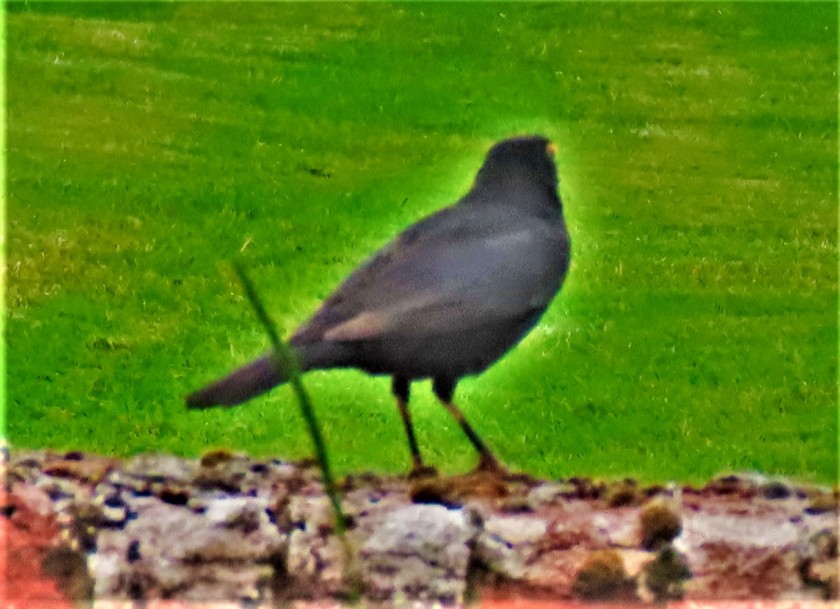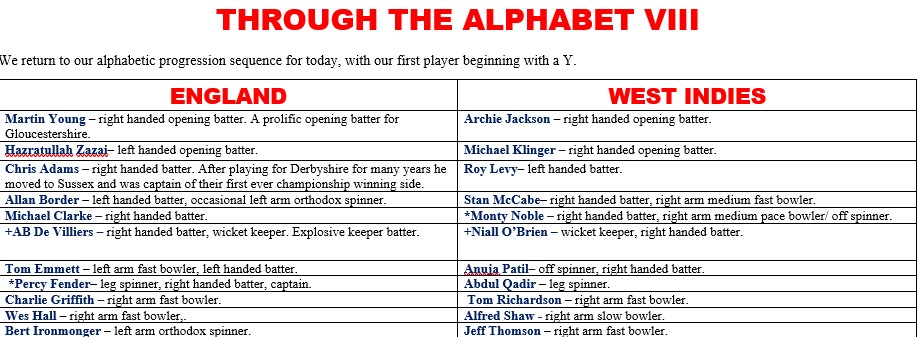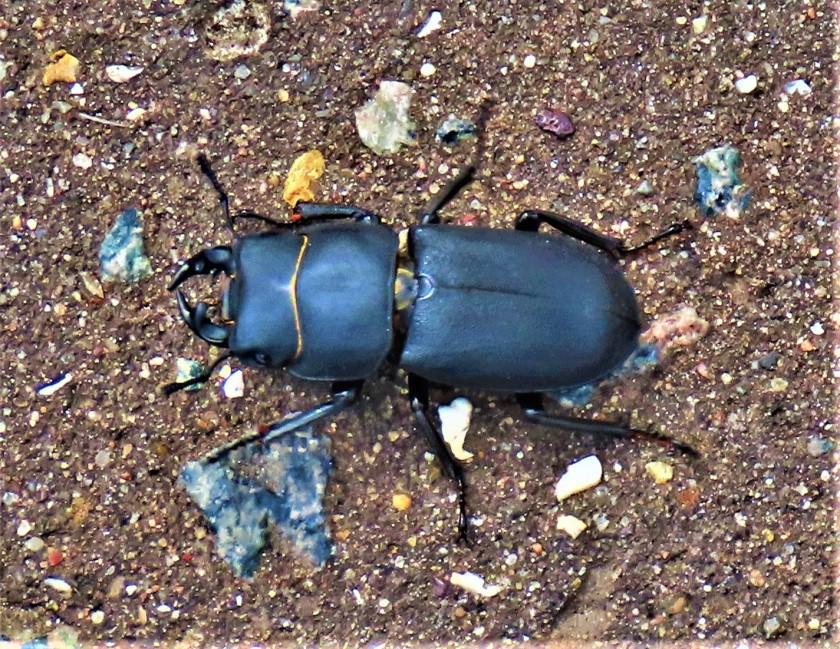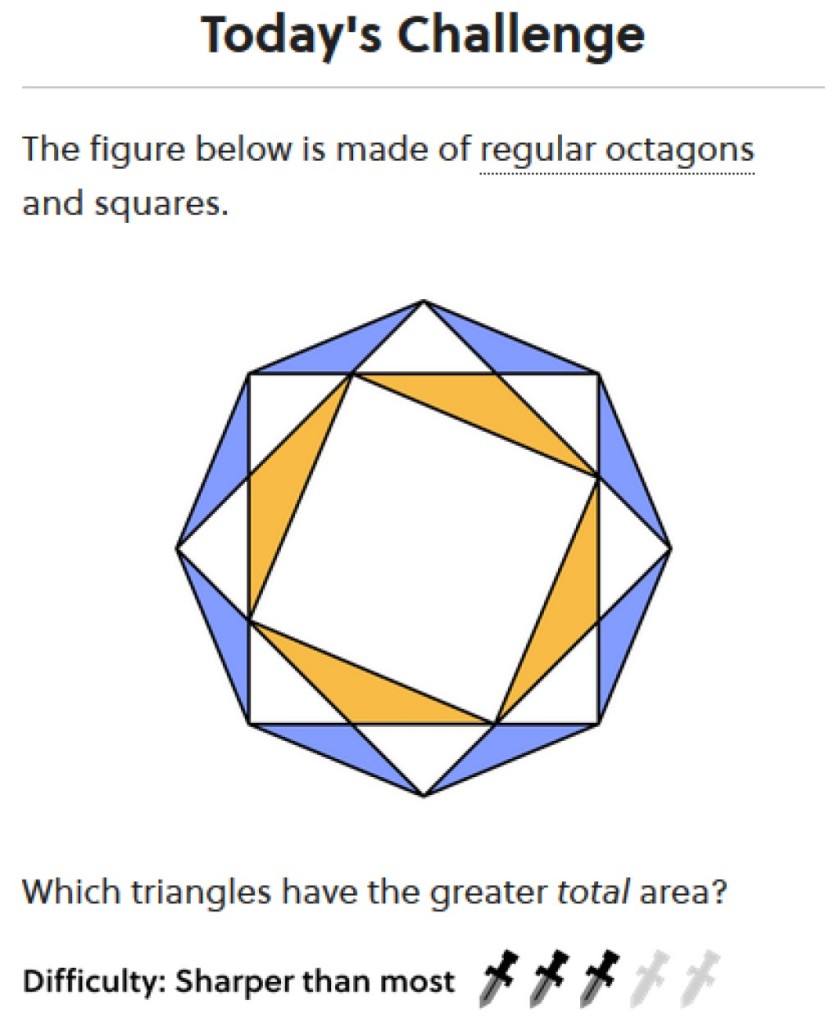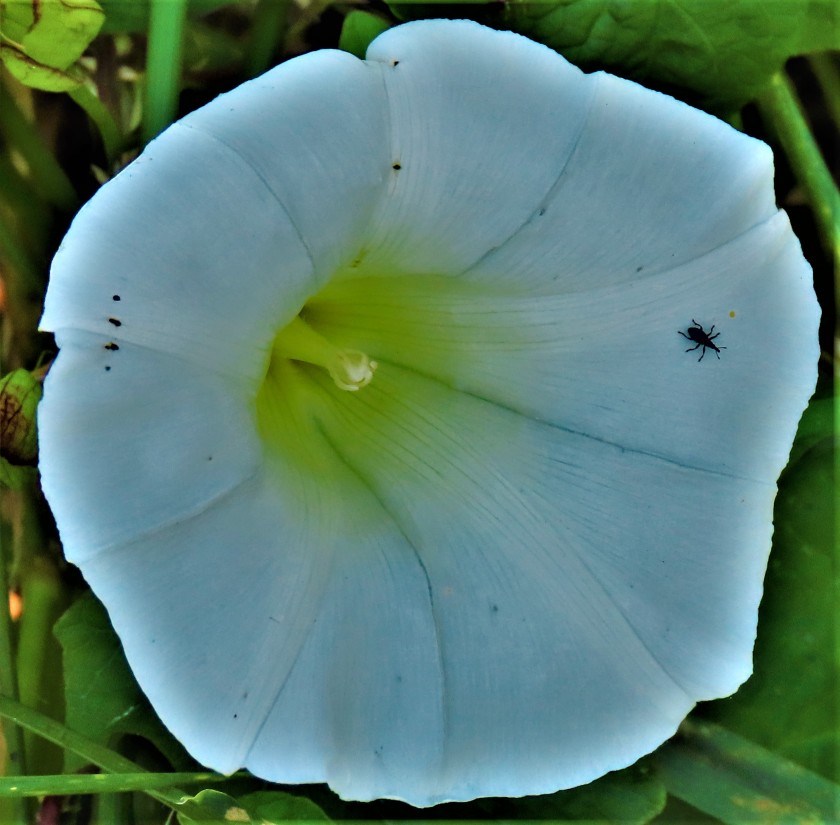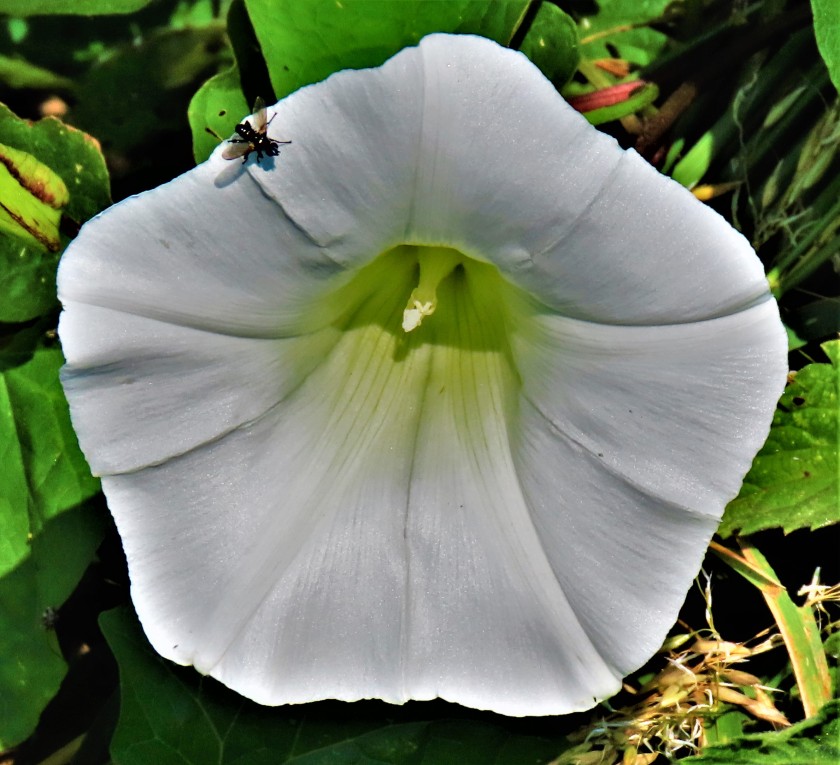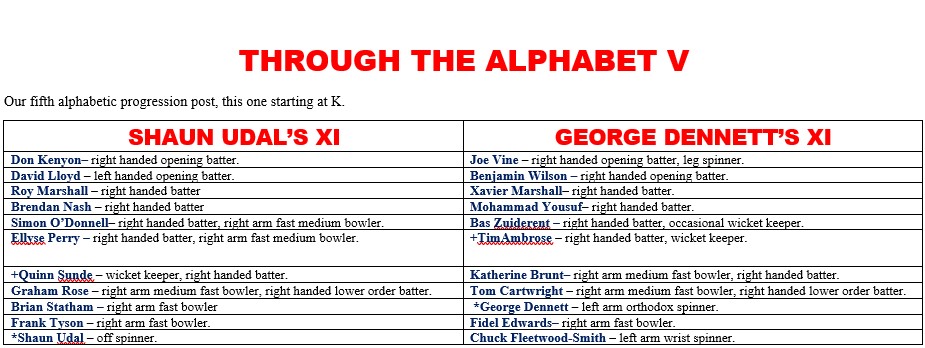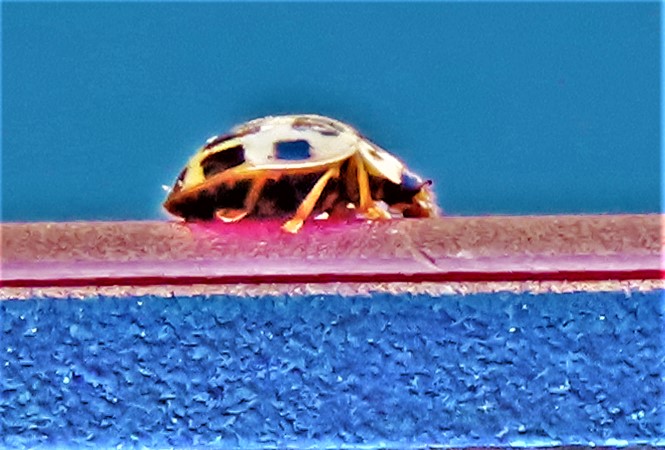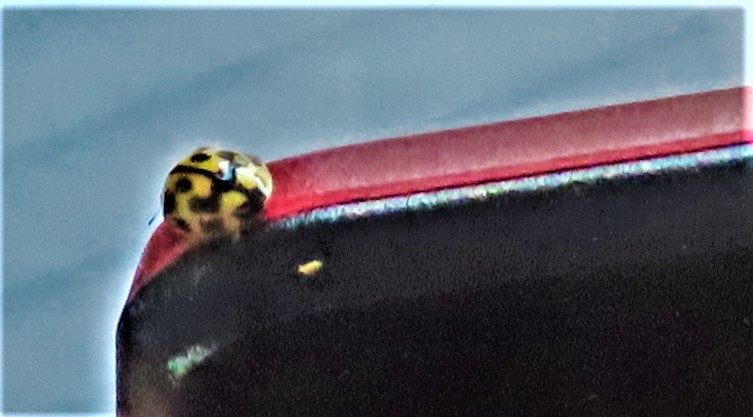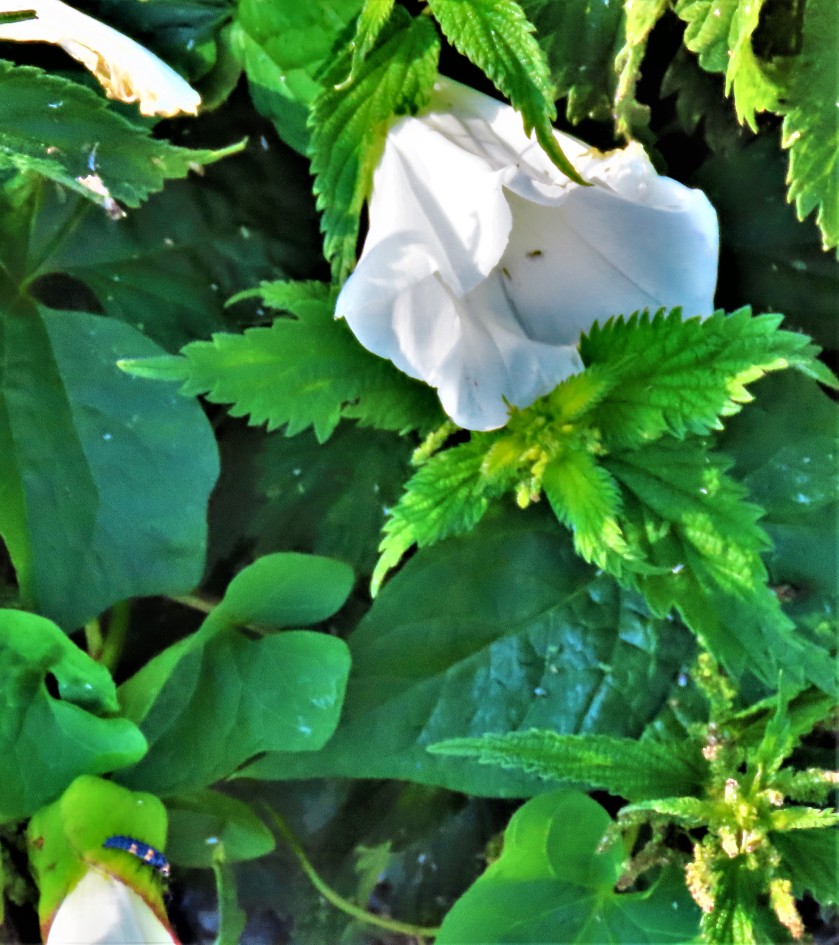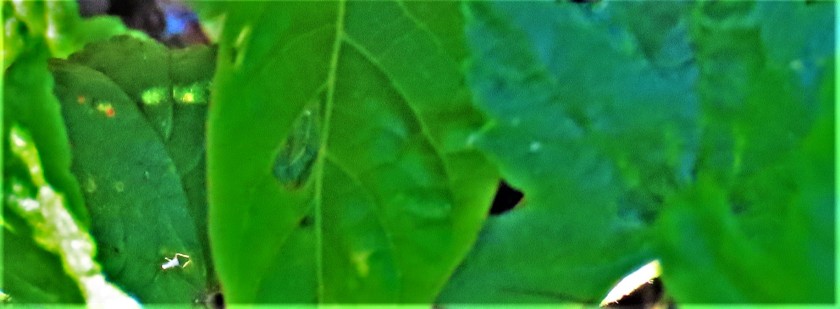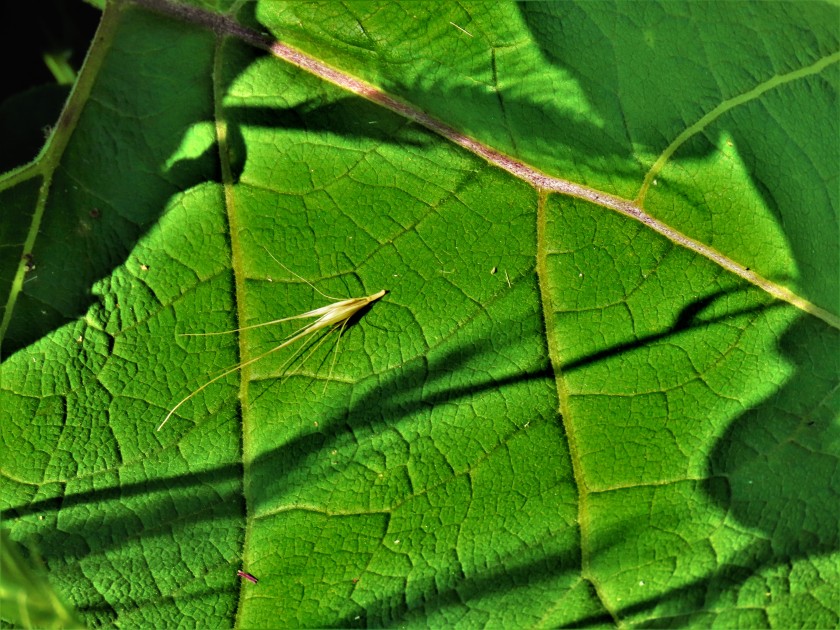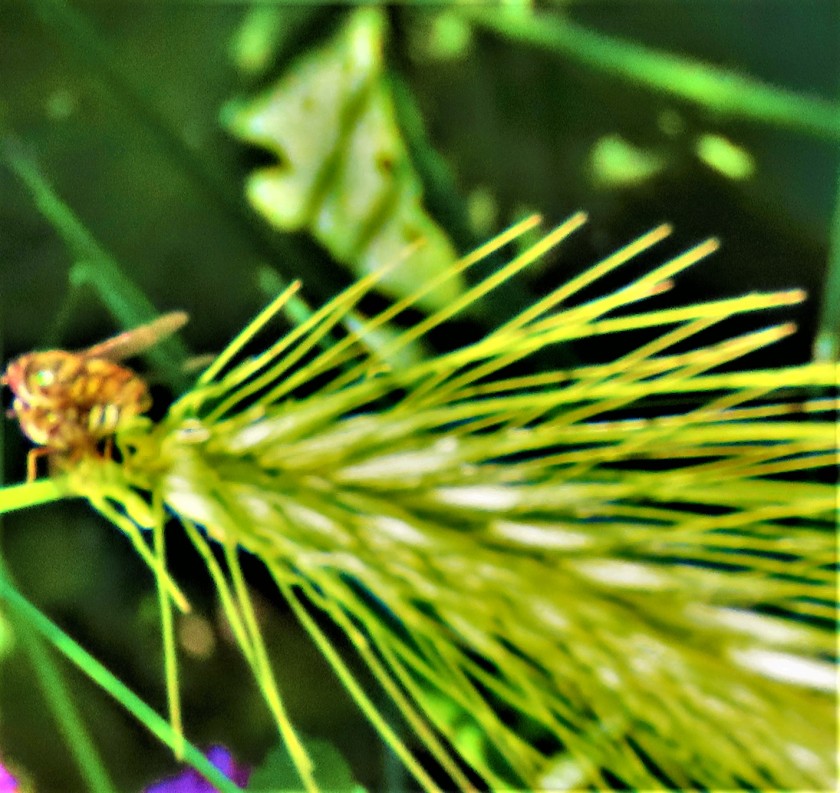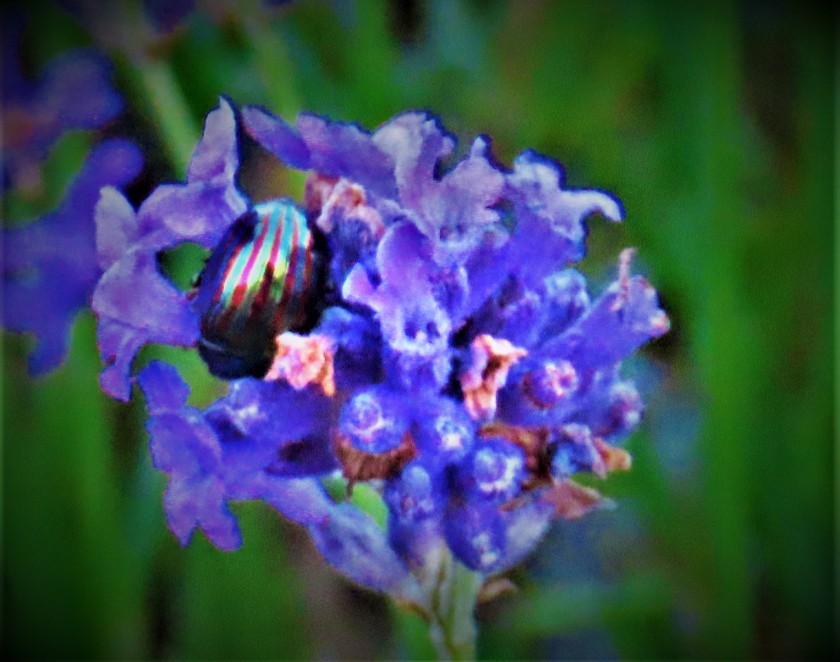INTRODUCTION
My apologies for the fact that you will be seeing today’s all time XIs cricket post a little late – I have been to a restaurant for a family Sunday lunch, the first time I have been out to do something in four months. This is the 13th and final alphabetic progression post in this series (I have three more days to fill before I will have some actual test cricket to write about), starting from the letter E.
CHARLOTTE EDWARDS’ XI
- *Charlotte Edwards – right handed opening batter, occasional spin bowler, captain. An epoch or two ago I was watching a game between the England and Australia women’s teams, and England by and large were surrendering with precious little fight. The glorious exception was a girl in her mid teens who fought her way to a magnificent 74. Her name was Charlotte Marie Edwards, and she went on from that impressive beginning to become one of the all time greats of women’s cricket. She was also a fine captain, leading her side to world cup glory and an Ashes triumph in 2009.
- Graeme Fowler – left handed opening batter, occasional wicket keeper. He could never quite convince the England selectors of his merits, although his last two test match appearances featured scores of 201 and 69. He scored twin centuries, aided by a runner in each innings (David Lloyd in the first and Ian Folley in the second) in one of the most extraordinary of all cricket matches, when Warwickshire posted 523-4 declared on the opening day and ended up losing by ten wickets!
- Harold Gimblett – right handed batter. He scored 123 in 79 minutes on his first class debut, winning the Lawrence Trophy for the fastest first class hundred of the season in the process, and went on to score more runs for Somerset than any other batter (Marcus Trescothick falling just short of matching him in the end). His 310 not out remains the highest first class score by a Somerset native, although Viv Richards and Justin Langer both produced bigger innings for the county. Like Marcus Tresocthick he suffered from mental health issues, and unlike Trescothick he was unable to come through them, and ended up becoming one of the depressingly long list of cricket suicides.
- Joe Hardstaff Jr – right handed batter. A man who averaged 44 in first class cricket, scored 169 not v Australia at The Oval in 1938 and 205 v India in 1946 at test level. His father played for Nottinghamshire and England as well, and like many other cricketers in that area and that era had worked down a mine before turning professional (Harold Larwood was another who worked in the mines before getting a professional cricket contract).
- Frank Iredale – right handed batter. He played 14 test matches for Australia, averaging 36, and that in the 1890s and early 1900s. He played a key role in the 1894 match at the SCG which England won after following on – on the first morning Tom Richardson reduced Australia to 21-3, before Iredale joined Giffen in the first of two big partnerships that dug Australia out of the hole.
- Roly Jenkins – right handed batter, leg spinner. A fine all rounder for Worcestershire, scoring over 10,000 first class runs and taking over 1,000 first class wickets in his career.
- +Kycia Knight – wicket keeper, left handed batter. One of a pair of twin sisters who are both regulars for the West Indies women (the other, Kyshona, bowls medium pace and bats in the lower order). She has never had the opportunity to play long form cricket, but she has a respectable record in limited overs cricket, and her batting would certainly be better suited to long form than it is to limited overs.
- Brett Lee – right arm fast bowler, useful lower order batter. One of the quickest bowlers ever to play the game, though inconsistent and prone to injury. The 2005 Ashes saw him at his best, but his efforts were not enough to prevent England regaining the Ashes after Australia had won eight successive series (1989, 1990-1, 1993, 1994-5, 1997, 1998-9, 2001 and 2002-3) in cricket’s greatest rivalry.
- Muttiah Muralitharan – off spinner. 800 wickets in 133 test appearances. His 16 wickets at The Oval in 1998 were all the more remarkable because they were taken on a very flat pitch, and in a match that England had been less than enthusiastic about arranging, believing in spite of the 1996 World Cup that Sri Lanka were not good enough to oppose them.
- Sarfraz Nawaz – right arm fast medium bowler. He had his finest hour in Australia, when the home side had reached 305-3 in pursuit of a target of 388, and thanks to him were all out for 310. He took 7-1 in the space of 33 deliveries in that spell, finishing with 9-86 for the whole innings.
- Bill O’Reilly – leg spinner. Almost universally rated as the best bowler of the interwar years, and unhesitatingly named by Bradman (with whom he did not get on) as the best bowler he ever saw or faced. He took at least 25 wickets in each of four successive test series, a record for consistency that still stands.
This side has a strong top five, a genuine all rounder, a keeper and four quality bowlers. They will take a lot of beating.
LIONEL TENNYSON’S XI
- Alviro Petersen – right handed opening batter. Averages 40 in first class cricket, though he has never been good enough to be an absolute regular for South Africa.
- Willie Quaife – right handed opening batter, occasional leg spinner. One of the most stubborn end enduring of all cricketers, playing on for Warwickshire until he was 56 years old.
- Richie Richardson – right handed batter. The second greatest batter ever to come from the island of Antigua behind Viv Richards. He was the last international batter to face up to opposition quick bowlers in a hat rather than a helmet (he favoured a maroon sun hat, rather than a cap). Perhaps his greatest test performance came at Perth, when 6’7″ Jo Angel decided that banging the ball in short was the way to go, and the stands in the region of midwicket took an absolute pounding, Richardson being far from averse to taking on the short stuff and also having faced quicker bowlers than Angel over the years.
- Ben Stokes – right handed batter, right arm fast bowler.
- *Lionel Tennyson – right handed batter, occasional fast bowler. He scored 63 and 36 batting virtually one handed in a test match (he had a broken left arm) in 1921. A year later he helped to engineer one of the greatest turnarounds in cricket history, when Hampshire came back from being rolled for 15 in their first innings to beat Warwickshire by 155 runs.
- George Ulyett – right handed batter, right arm fast bowler. It was his bowling that first got him noticed, but he would also open the batting for his country.
- +Ricardo Vasconcelos – left handed batter, wicket keeper. Born in South Africa, of Portuguese ancestry, and now essential to Northamptonshire, for whom at the age of 22 he has already been keeper, opening batter and captain. He averages 36 with the bat, and has made 48 dismissals in 33 first class matches.
- Arnold Warren – right arm fast bowler. He took five cheap wickets on his only test match appearance. For those wondering about him being as high as no 8, he did once share a partnership of 283 with a certain J Chapman, so he clearly could bat.
- Xara Jetly – off spinner.
- Waqar Younis – right arm fast bowler. One of the all time great fast bowlers, both for Pakistan and for first Surrey and then Glamorgan, who he bowled to a county championship, in county cricket.
- Zahir Khan – left arm wrist spinner. Z is a difficult letter to fill, and in view of the pace bowling resources I already had Dawlat Zadran was not going to add much. Therefore I slightly cheated by selecting another Afghan who has one name beginning with Z, Zahir Khan. He is only just starting his career at present but I expect big things from him before too long.
This team has some decent batting and lots of depth and variety in bowling. Younis, Warren, Ulyett, Stokes and the occasional stuff of Tennyson is a superb range of pace options, and Xara Jetly and Zahir Khan should be able to enough in the spin department.
THE CONTEST
This should be a good contest. Lionel Tennyson’s XI have a greater range of bowling options, but as against that Charlotte Edwards’ XI are probably a stronger batting side. I just about make Lionel Tennyson’s XI favourites.
SOLUTION TO YESTERDAY’S TEASER
I presented this problem from brilliant yesterday:

This problem was set on brilliant as a multi-choice question, and it was a matter of seconds work to look at the available answers and conclude that 125 was right (the other three answers for the missing length all gave triangles with a shortest side of non-integer length, the sort of thing I notice pretty much without thinking). This was unfortunate because without the multi-choice answers it would have been a genuinely tough problem. Here is a published solution from someone who unlike me did not take advantage of the availability of a hack:
PHOTOGRAPHS
My usual sign off…























































